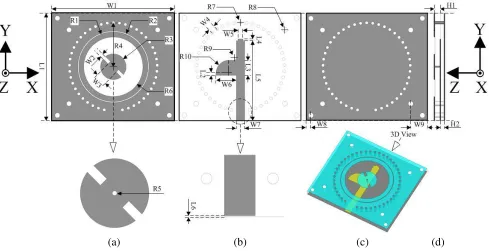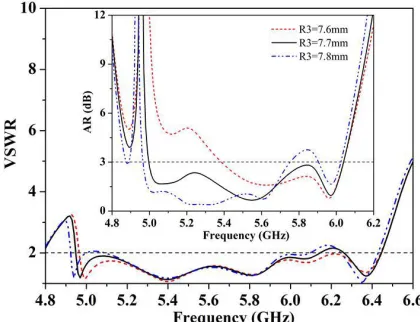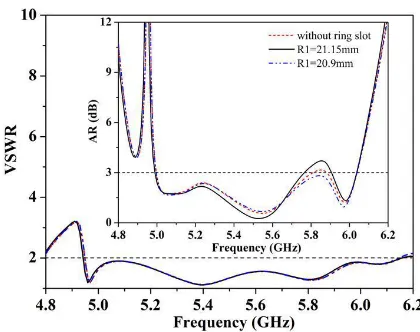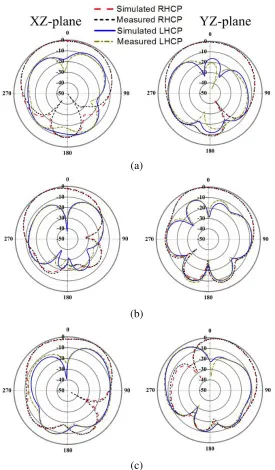Circularly Polarized Substrate Integrated Waveguide Cavity-Backed Antenna with Enhanced Bandwidth for Wideband Wireless Applications
Full text
Figure




Related documents
Gassan, Properties and Modification Methods for Vegetable Fibers for Natural Fiber Composites, Journal of Applied Polymer Science. Groeninckx, The role of fibre/matrix interactions
By categorizing the wastes into 3 main categories like wet wastes, dry wastes and medical wastes, selling the waste to vendors of waste management companies
Furthermore, we induce two types of constrained policies: CAPOMDP LG using learning gain as the immediate reward for improving students’ learning performance, and CAPOMDP Time us-
Figure 3.1(a) shows block diagram for forward Piezoactuator model which is defined with input voltage , transformation ratio T, output from P-I hysteresis model and
soial network as a direted weighted soial graph G = ( V, E ) in whih individuals are represented by nodes and there is a direted edge ( v, u ) ∈ E from node v to node u indiating
Location based information is stored in GIS database. These information entities of such databases have both spatial and textual descriptions. This method introduces
These sensors are interfaced to ATMEGA328 processor, this processor issues a command to GSM modem to convey the information through message to the authorized
Marta [6] indicated that the IDC (International Data Corporation) revealed that the growth of tablets is 311.76%, a very high number considering that it occurred in a term of


